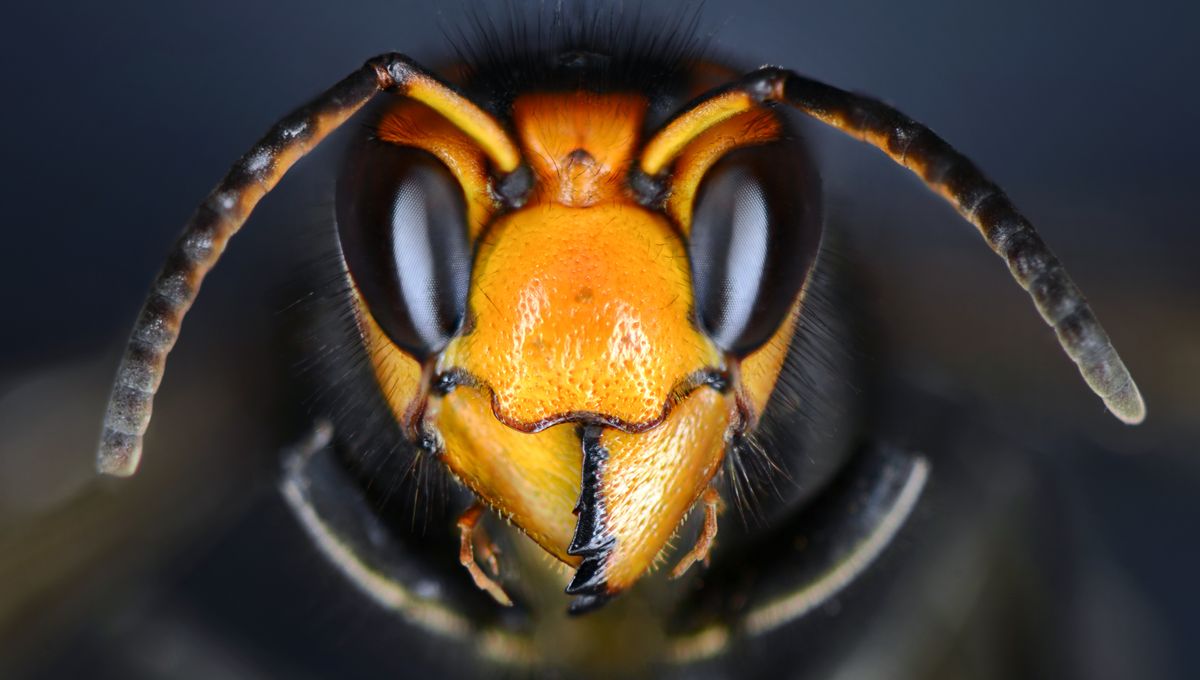
When someone asks you to name a deadly species in the US, chances are your mind immediately races to that iconic Western movie villain, the rattlesnake. However, with fatal animal encounters on the rise across the country, researchers have now revealed which creature kills the most people, and it doesn’t hiss or rattle.
The rest of this article is behind a paywall. Please sign in or subscribe to access the full content.
Using data from the Centers for Disease Control and Prevention (CDC), the study authors counted a total of 1,604 animal-related deaths between 2018 and 2023. That equates to an average of 267 per year, though the actual number has risen steadily from 227 in 2018 to 313 in 223.
In other words, deadly run-ins with wildlife increased by 38 percent over this five-year period. Overall, though, your chances of being killed by an animal remain low, with 0.8 deaths recorded per million people.
As for the main culprits, the data shows that hornets, wasps, and bees caused the most deaths, with 31 percent of fatal encounters involving the stingers of these flying insects. In total, 497 people died after being stung between 2018 and 2023.
The second most lethal category is defined as “other mammals”, which killed a total of 458 people across this period. The majority of these deaths are thought to have been caused by horses and cattle, although 26 involved bear encounters – including two polar bear attacks – while two were the work of cougars.
Rattlesnakes, meanwhile, seem relatively harmless, with just 30 deaths attributed to venomous snake bites across this study period, along with 26 fatal spider bites. Despite this, the total number of deaths caused by venomous animals rose from an average of 69 per year between 1991 and 2001 to 107 per year between 2018 and 2023.
“Given that the Southern U.S., like many regions, has experienced record-breaking heat over the past decade, climate change may be indirectly exacerbating animal-related risks, particularly by influencing the behavior, distribution, and activity patterns of venomous species,” write the study authors by way of explanation. Indeed, they found that the southern states had the highest concentration of animal-related deaths, with Texas, Florida and Georgia accounting for 46.8 percent of the national total.
In contrast, the Northeast region saw the fewest fatalities, with just 9.9 percent occurring here.
Finally, the researchers point out that lethal dog attacks have risen significantly since the start of the COVID-19 pandemic, with a total of 420 cases reported nationwide during the five years under investigation. Looking at the year-on-year data, they found a 2.7-fold increase across this study period.
“We observed an upward trend in animal-related fatalities, including a notable increase in human deaths caused by dogs during and following the COVID-19 pandemic,” write the authors. “This rise is likely associated with the surge in pet adoptions and increased time spent at home during this period,” they conclude.
The study is published in the journal Environmental Health Insights.
Source Link: The Deadliest Animal In The US Isn’t What You’d Expect